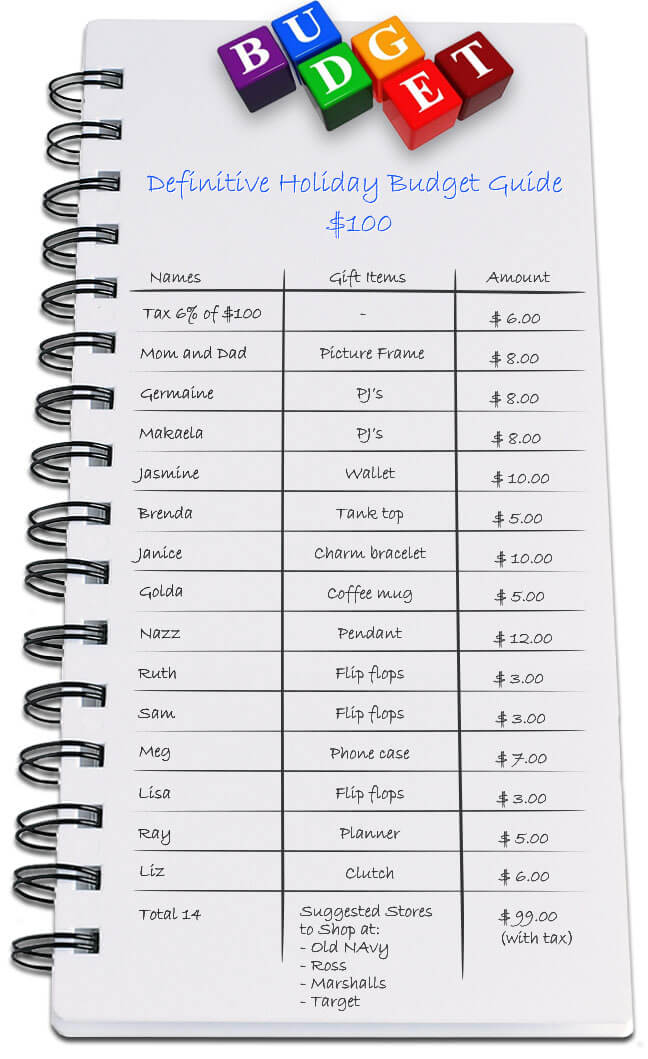Gift Budgeting for Kids
The holidays can be a magical, yet expensive time, especially for families with children. From extravagant gift lists to impulsive spending, it’s easy for holiday costs to get out of hand. However, there are creative ways to get kids to stick to a budget for the gifts they want to give and get.
We’ll help guide you through some tips and tricks help you get your children on board with the budget you set for holiday spending. If you’re struggling with debt ahead of the holidays – or you end up with a debt hangover due to holiday overspending – we can help. Contact Consolidated Credit today at (844) 276-1544 or complete an online application to request a confidential debt and budget evaluation from a certified credit counselor at no charge.
Setting reasonable expectations for gift lists
One of the main culprits of holiday overspending is your child’s gift list. Young children often lack an understanding of costs, and even teens may underestimate the financial burden of expensive toys. While you want to make the holidays special, excessive spending can lead to debt. To avoid this, it’s essential to set limits on gifts. Here are a few strategies to accomplish this:
- Total Budget: Set a clear spending limit for each person’s gift list, promoting responsible budgeting.
- Individual Gift Caps: Establish a maximum price for individual gifts, helping to prioritize needs over wants.
- One Big Gift, A Few Small Gifts: Balance a special, larger gift with smaller, more affordable items.
- Secret Santa: A fun and budget-friendly way to celebrate the holidays, where each person surprises another with a thoughtful gift.
These strategies not only help manage holiday spending but also teach valuable financial lessons. Children learn to be mindful of prices, compare online deals, understand the concept of budgeting, and appreciate the value of money. These lessons will benefit them throughout their lives and set them up for future financial success.
Including kids in gift shopping
Another common issue is children overspending on gifts for others. They may not understand that an expensive gift, or getting gifts for every single cousin, friend, etc. may put a burden on the family budget. An easy solution is to involve your children in the budgeting process for their gifts to others. Create a holiday budget worksheet together where you and your child can:
- Set a total dollar amount that to spend on all gifts.
- List all the people they want to give gifts to.
- Assign a budget for each person on the list.
- Track their spending as they shop.
- Plan ahead for things like sales tax.
- List good stores to shop at.
Here’s an example:

Teaching the value of personal creations
Through this budgeting worksheet, kids may learn that they can’t afford to give gifts to everyone on their list, which can of course be disappointing. In these cases, encourage them to use their creativity and talents to create handmade gifts. Gifts can be original artwork, a handmade craft, a poem, or a personalized music playlist. These gifts tend to be more personal and special for adults to receive (and cost much less, if anything). It also encourages children’s creativity and teaches them the value of their own natural talents.
Imparting the value of giving back
Teaching kids that the holidays aren’t just about receiving gifts is an important lesson. By incorporating charitable acts into your holiday traditions, you can create a stronger sense of family unity and purpose… and put less emphasis on what‘s under the tree.
From volunteering to making charitable donations, there are plenty of opportunities to show your children that giving back is often much more rewarding than receiving. Here are a few ideas to incorporate:
- Charitable Gift Swaps: Turn gift-giving into a charitable act by swapping a small gift for a donation to a chosen charity.
- Leading by Example: Inspire your children to be generous by forgoing some of your own gifts and donating the money to a good cause.
- Family Volunteer Day: Create lasting memories by volunteering together as a family. It’s a great way to bond and make a positive impact on your community.
By following these tips, you can make a positive impact on your community while teaching your children the importance of giving back.